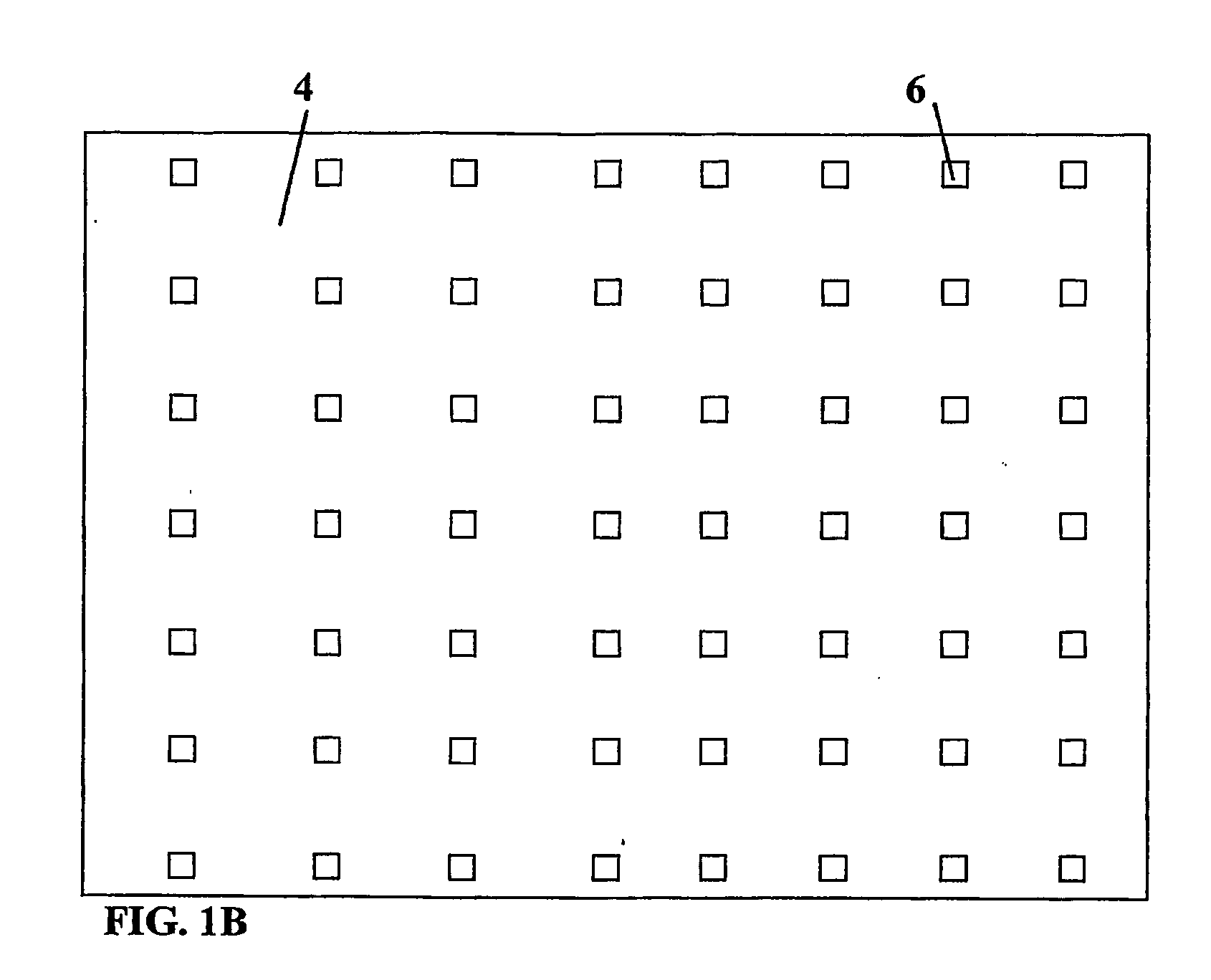Layered manufactured articles having small-width fluid conduction vents and methods of making same
- Summary
- Abstract
- Description
- Claims
- Application Information
AI Technical Summary
Benefits of technology
Problems solved by technology
Method used
Image
Examples
Embodiment Construction
[0022] In this section, some presently preferred embodiments of the present invention are described in detail sufficient for one skilled in the art to practice the present invention. It is to be understood, however, that the fact that a limited number of presently preferred embodiments are described herein does not in any way limit the scope of the invention as set forth in the appended claims.
[0023] For clarity of illustration and conciseness, the description of presently preferred embodiments is limited to the description of making EPS bead molds wherein the layered manufacturing process employed is the 3DP process. Persons skilled in the art will recognize that the present invention includes the making of any type of article having one or more small-width fluid conduction vents which is within the size and material capability of any layered manufacturing process that is adaptable to the inclusion of one or more small-width fluid conduction vents in the article as it is being bui...
PUM
| Property | Measurement | Unit |
|---|---|---|
| Length | aaaaa | aaaaa |
| Shape | aaaaa | aaaaa |
| Width | aaaaa | aaaaa |
Abstract
Description
Claims
Application Information
 Login to View More
Login to View More - R&D
- Intellectual Property
- Life Sciences
- Materials
- Tech Scout
- Unparalleled Data Quality
- Higher Quality Content
- 60% Fewer Hallucinations
Browse by: Latest US Patents, China's latest patents, Technical Efficacy Thesaurus, Application Domain, Technology Topic, Popular Technical Reports.
© 2025 PatSnap. All rights reserved.Legal|Privacy policy|Modern Slavery Act Transparency Statement|Sitemap|About US| Contact US: help@patsnap.com



